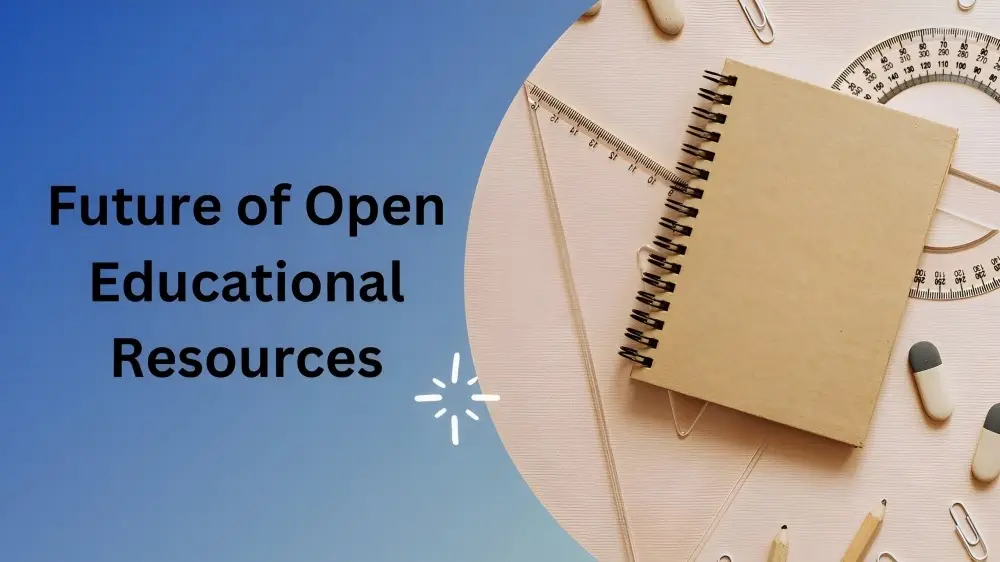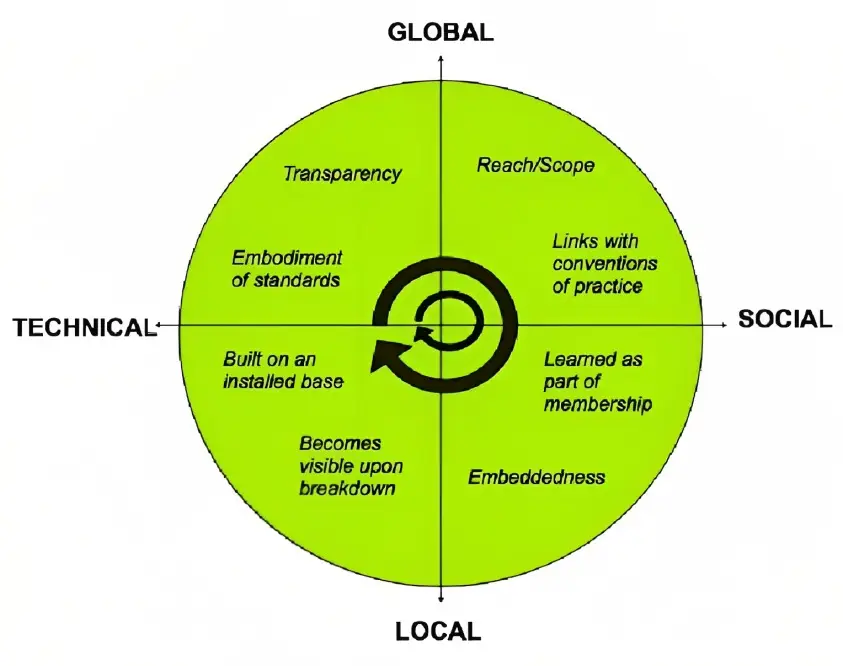In today’s rapidly evolving digital landscape, innovation has become the driving force behind advancements in various sectors, including education. One particular innovation that has gained significant momentum is the utilization of Open Educational Resources (OER). Open Educational Resources are freely accessible learning materials that can be used, adapted, and shared by educators and learners around the world. This article explores the transformative potential of Open Educational Resources in driving innovation in education, with a focus on their benefits, challenges, and future implications.
Benefits Of Open Educational Resources
Enhanced Access to Quality Education: Open Educational Resources break down barriers to education by providing free and open access to learning materials. This accessibility allows learners from diverse backgrounds, including those in underserved communities and developing countries, to access high-quality educational resources that were previously inaccessible.
Cost Savings for Learners: Traditional educational materials, such as textbooks, can be costly, creating financial barriers for students. OER eliminates these expenses by providing free or low-cost alternatives, reducing the financial burden on learners and increasing educational equity.
Customization and Adaptability: Open Educational Resources offer educators the freedom to customize and adapt learning materials to meet the specific needs of their students. This flexibility allows for a more personalized learning experience and enhances engagement and comprehension.
Collaborative Learning and Knowledge Sharing: OER promotes collaboration among educators and learners, fostering a culture of sharing and co-creation. Educators can collaborate on creating and improving resources, while learners can engage in collaborative learning activities, resulting in a rich and dynamic educational experience.
Challenges and Considerations
Quality Assurance: With the open nature of OER, ensuring the quality of resources can be a challenge. It is essential to establish mechanisms for evaluating and curating OER to maintain high standards and reliability.
Copyright and Licensing: Open Educational Resources often rely on Creative Commons licenses, which allow for the legal sharing and adaptation of content. However, understanding and complying with these licenses can be complex, requiring educators to be knowledgeable about copyright and licensing regulations.
Technological Infrastructure: Access to OER relies heavily on reliable internet connectivity and access to devices. In areas with limited technological infrastructure, the full benefits of OER may not be realized. Addressing infrastructure gaps is crucial to ensure equal access to educational resources.
Sustainability and Maintenance: The long-term sustainability of OER initiatives can be challenging. Ensuring ongoing maintenance, updating, and funding for OER platforms and repositories requires collaborative efforts and institutional support.
The Future of Open Educational Resources
Increased Adoption and Awareness: As educators and learners recognize the benefits of OER, their adoption is expected to increase. Governments, educational institutions, and organizations are also actively promoting the use of OER, contributing to its wider adoption and raising awareness about its potential.
Advancements in Technology: Technological advancements, such as artificial intelligence and machine learning, can further enhance the capabilities of OER. Intelligent algorithms can recommend personalized learning resources, adaptive assessments, and interactive learning experiences, enriching the learning journey.
Global Collaboration and Knowledge Exchange: OER promotes global collaboration and knowledge exchange among educators and learners. As OER initiatives continue to grow, it is expected that more collaborative projects and global partnerships will emerge, fostering a global community of educators dedicated to enhancing education through open practices.
Integration with Learning Management Systems: Integration of OER with learning management systems and educational platforms can streamline the discovery, distribution, and utilization of open educational resources. This integration offers seamless access to OER within existing educational infrastructures, further facilitating its adoption and use.
Conclusion
Open Educational Resources have the potential to drive innovation in education by providing enhanced access, customization, and collaboration opportunities. While challenges such as quality assurance, copyright, and infrastructure exist, efforts to address these obstacles are underway. As the adoption of OER continues to grow and technology advances, the educational landscape stands to benefit from a more equitable, collaborative, and innovative approach to teaching and learning. By embracing Open Educational Resources, we can pave the way for a future where education is accessible, adaptable, and empowering for all.

